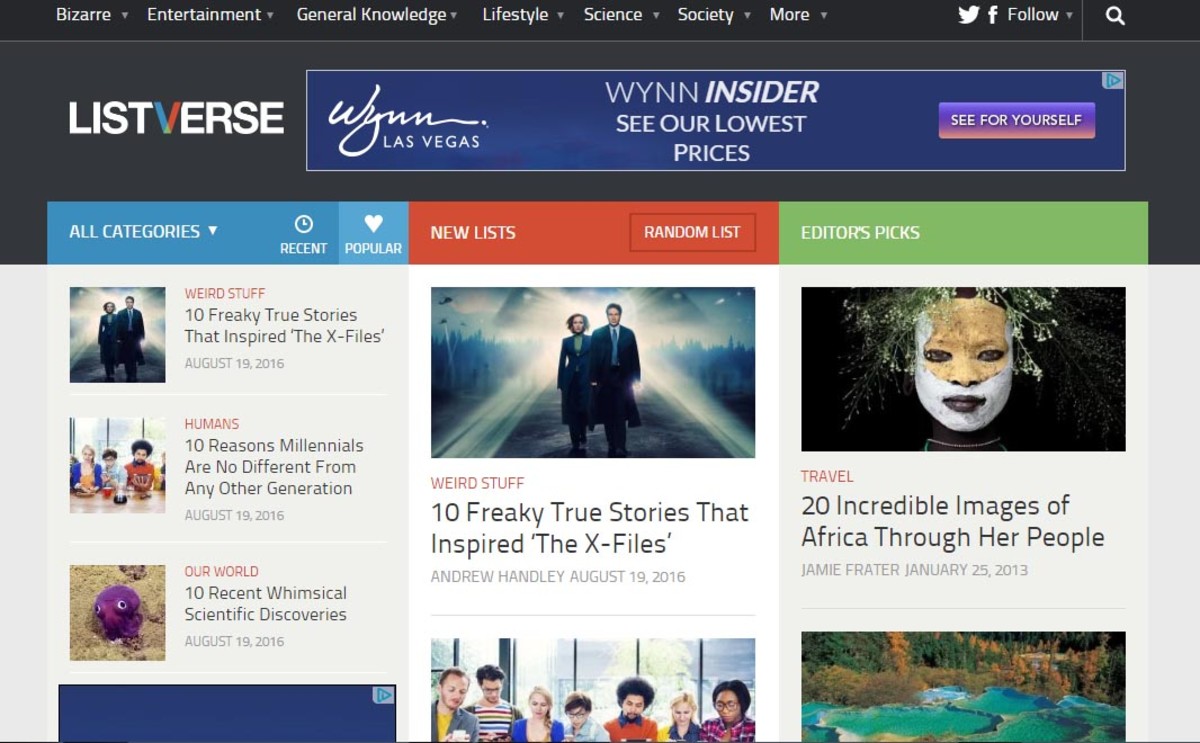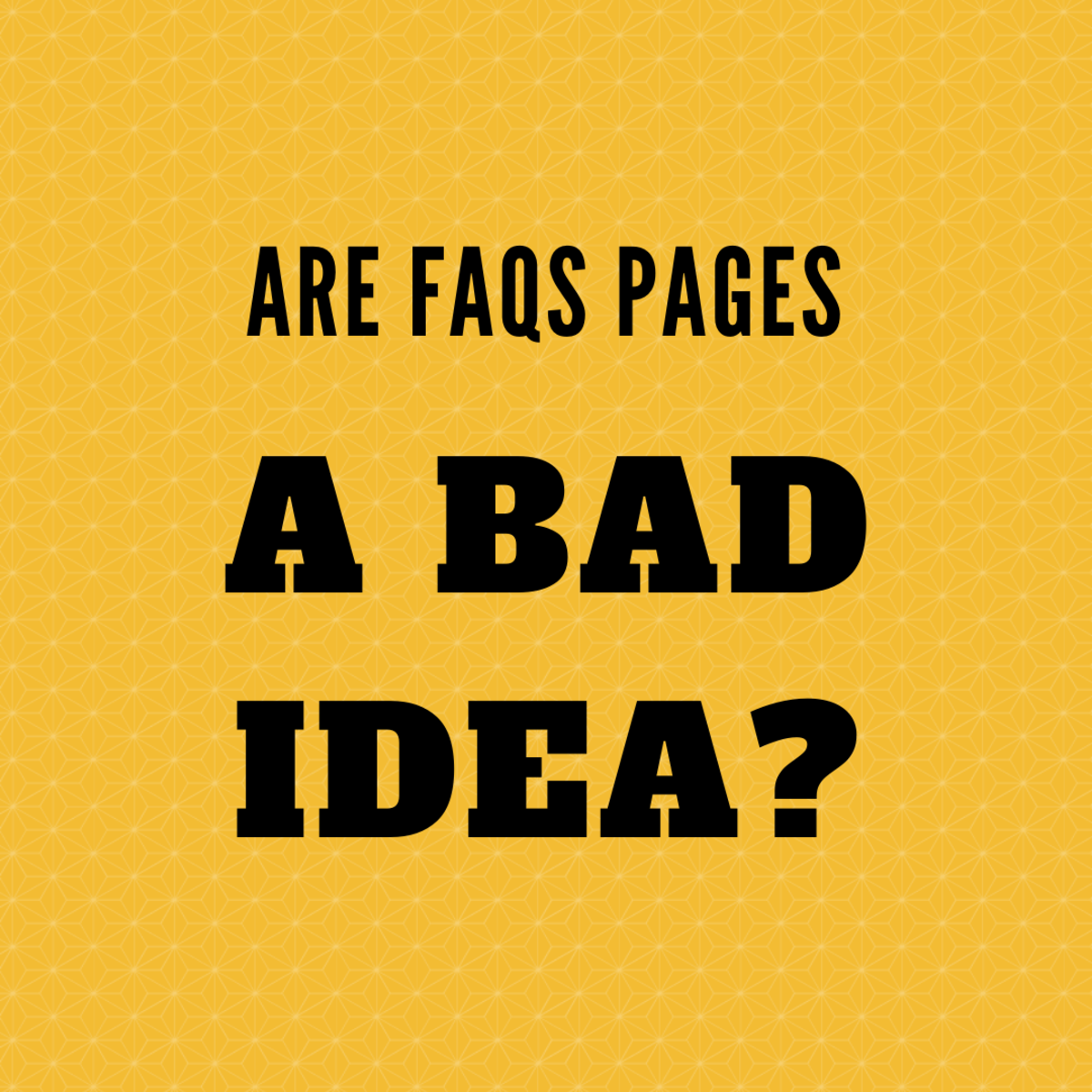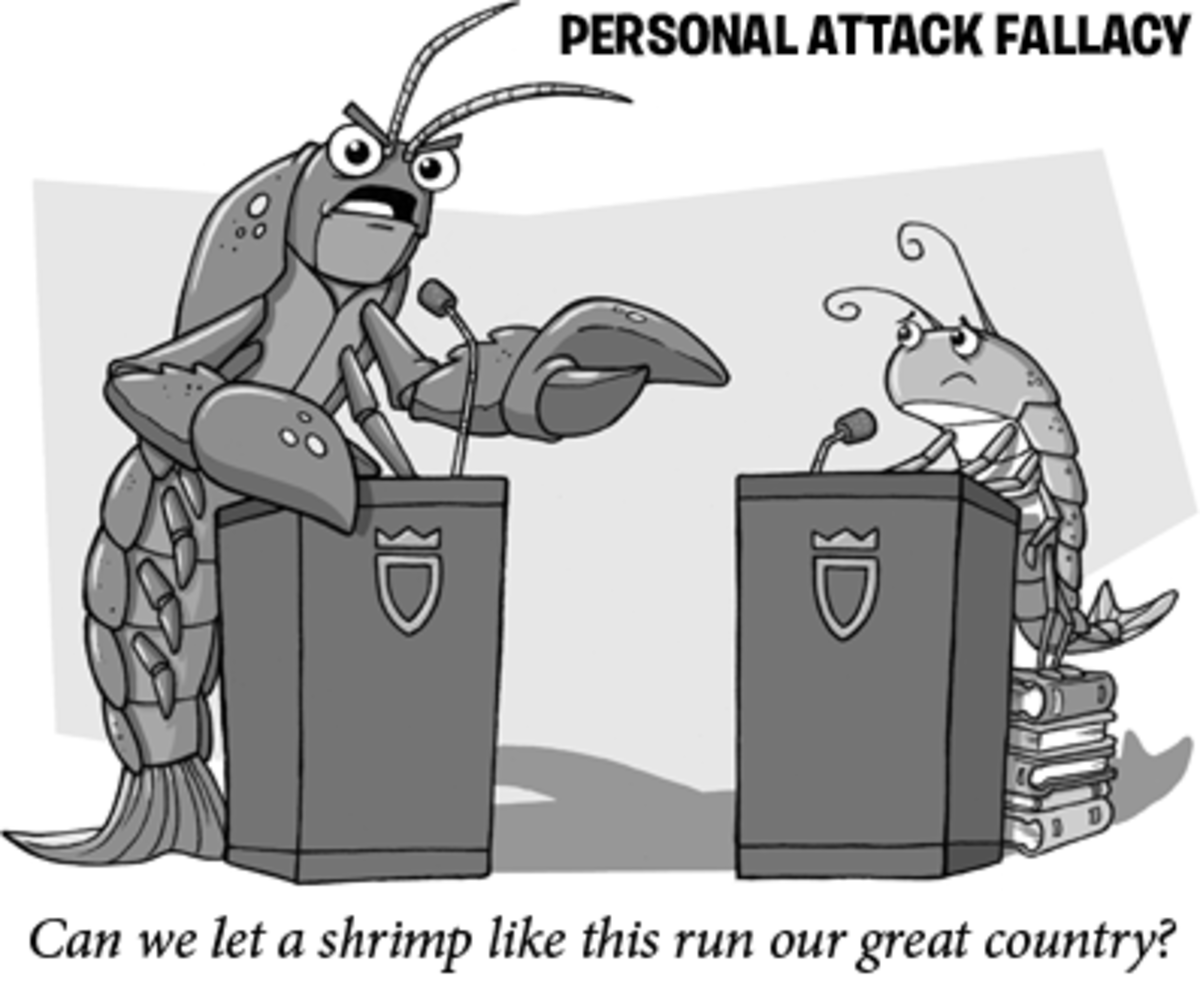How to Write Good Content for Blogs, Ebooks and Websites

Content Rules to Write Engaging Content
No doubt everyone has heard that 'Customer is King' but in these days where customers can click to access information before buying a product, 'Content is King'. A king will listen to another king more readily, hence when you treat content as the most important part of your marketing plan, you will see results follow.
Are you considering taking your business online? Are you wondering about how to write a blog, writing content for your website or contemplating publishing an ebook? For all these questions the answer is that you must first have good quality content to upload online. What is the style and content one must have to attract customers and retain their loyalty?
One book that addresses this issue in great detail is called Content Rules – How to Create Killer Blogs, Podcasts, Videos, Ebooks, Webinars (and More) that Engage Customers and Ignite Your Business by Ann Handley & C. C. Chapman. The following is an overview of the points that the book focuses on to create good quality content.
What is Content?
Content is a term that broadly refers to anything created and uploaded to a website: the words, images, tools, or other things that reside there. All the things published outside the website such as the Facebook page, Twitter stream, LinkedIn group page are all forms of content.
Content Writing vs Copywriting
Web content isn't the same as copywriting. Copywriting is about writing to promote through advertising, sales collateral, flyers or other media that interrupt the flow of life of the customers. These are through radio, television or direct mail, for example. Things have changed in these times of the internet. Content writing on the other hand is for creating and sharing relevant, valuable information that attracts people and creates trust, credibility and authority for you and your website.
Advertising the New Way
People are flooded with advertisements from all sides and no longer like being interrupted by propoganda and promotions of products. People are now looking for valid information on products that will enhance their lives and solve the problems they face during the course of their lives.
Hence, content has to be the cornerstone of marketing to achieve the following goals:
-
Attract customers.
-
Educate them about the purchase they are considering.
-
Establish credibility, trust, and authority in your chosen field.
-
Tell your story.
-
Build a buzz and online presence through social networks.
-
Build a base of fans and inspire customers to love you.
Don't you think it is weird to talk about marketing as inspiring or credible, trustworthy or telling a good story? Gone are the days when advertising copy exaggerated the merits of a product. In the context of online writing whether they be blogs or articles it has been seen that quality far outweighs quantity. Writing that is inspiring and credible receive repeat traffic and a good following.
How to Write Effective Website Content
Content Rules or Commandments
An example of how a swimming pool company uses content to maximize its business is the method used by River Pools and Spa in Warsaw, Virginia. As Marcus Sheridan, one of its owners says, 'my entire goal is to give more valuable, helpful, and remarkable content to consumers than anyone else in my field, which will in turn lead to more sales.' He further adds, 'I want our website to be an encyclopedia of pool buying...'. For achieving this the website publishes a steady stream of blog posts and videos and ebook on the subject of 'how to buy a pool'. A result of this effort is that in 2009 it sold more fiberglass pools than any other company in the USA inspite of a housing slump and a slack economy. Marcus sees the content he produces as a tool to expands and deepens his relationships with would-be customers.
According to the book Content Rules the following are like the eleven Content Commandments that have to kept in mind for achieving success in converting browsers into customers:
11 Rules
| Elaborated
|
|---|---|
Embrace being a publisher.
| Content is king and it has to be done well. Enjoy it.
|
Insight inspires originality
| Get you brand story straight, its uniqueness, its mission and attributes. Know your customers' concerns and how will your brand help them in their lives.
|
Build momentum
| Good content always has an objective and so carries triggers to action.
|
Speak human.
| Use simple terms, a conversational tone with empathy.
|
Reimagine; don't recycle
| Good content is intentionally reimagined. It is presented in different formats like webinars, podcasts, ebooks and blog posts.
|
Share or solve; don't shill
| Do not try to sell. Content should share a resource, solve problems, help customers do their job better, improve their lives and make them smarter.
|
Show; don't just tell.
| Do not preach or hard-sell. It is not about storytelling but telling a good story as well as you can.
|
Do something unexpected
| Add an element of surprise.
|
Stoke the campfire
| Good content sparks interaction and encourages conversation.
|
Create wings and roots
| Ground it in your unique perspective but give it wings to soar freely and to be easily shared.
|
Play to your strengths
| No need to create all the forms like blogs, ebooks, podcasts, webinars, etc. Do some of them or just one thing really well.
|
Why, Who, What, When, How and Where?
Some important questions mentioned in Content Rules that need to be answered before writing content are:
-
Why are your creating the content?
-
Who is your audience? Who are you?
-
What do you want the content to achieve?
-
When and how are you going to develop the content?
-
Where are you going to publish?
Establish the Uniqueness of the Brand
The important thing is to establish the uniqueness of the product and how it helps the person in their lives. The focus has to be on the customer rather than the brand. The brand is what they are relating to and hence the customer's objectives must be addressed. How can we do this through the content? Some things to remember are that it:
-
Have a voice of its own. As soon as the customer reads it he or she must be able to gain insight into the perspective of the brand how it might be of use.
-
Clearly indicate the stand the company takes on the issues it is addressing.
-
Use language that is simple, direct and without jargon.
-
The tone should indicate that it is a person addressing another person.
-
It should be about sharing information to solve certain problems rather than making statements about how great the product is.
The above suggestions would go a long way in producing content that is engaging and interesting and easy to read.
Holistic View of the Content
Once the style and content have been worked out, the next step is to decide what formats you will use to get the message out there. Would you like to publish it through ebooks, photos, blogs, video, podcasts, emails, newsletters, etc? The answer should be 'Yes' to all.
The reason for considering most of the formats while creating content is important. It requires a shift in thinking. Traditionally companies are used to a one-off advertising campaign for a limited period of time. However, we have to now think long-term and plan to create constant flow of content. For example, the material of an ebook can be broken down into smaller formats such as a blog post, podcasts, or even as separate website content in a different section. The method can be reversed as well. Smaller content pieces like blogs, articles, podcasts, webinars can be published as an ebook or white paper providing all the information in one go for convenience.
The Elements of Style - by William Strunk Jr and E.B. White
Another important thing that the book Content Rules mentions is the invaluable advice given in the book The Elements of Style by William Strunk Jr and E.B. White. Strunk's Elements was originally published in 1918 and in 1959 it was updated and edited by White. The book Elements does not teach anyone how to write, rather helps you develop the 'critical fundamentatls of the art and science of writing: Clarity. Brevity. Boldness. These qualities of style are invaluable in today's demands of online writing.
'Content is King' has been proved time and again since the internet became an integral part of our lives. Businesses wanting to create a strong online presence should make sure they have good content and that the website should be designed around the content. The usual practice is to create the web design and then fill in the content. This undermines the quality of the content and people will just click away to another website if they don't find anything to retain their interest. Design can be appreciated in a split second but content will make the customer spend more time on the page. They might make repeat visits if the content has been worth their time. Let us remember that the attention span of people is very short these days. It is the first impression that counts.
Content is King -- How to Write Killer Content for the Web
This book is another great resource for writing content that matters. I have found it very helpful in my work as content writer. It has guidelines and suggestions on what to focus on while writing and to meet a specific purpose.










